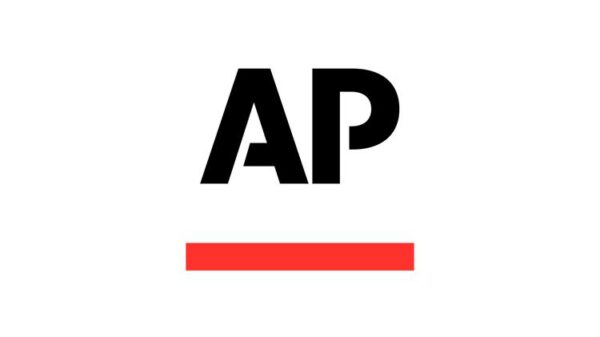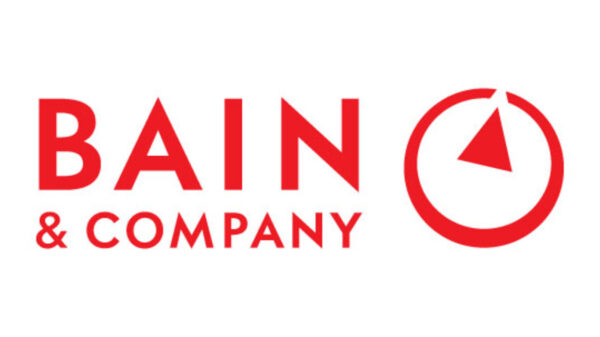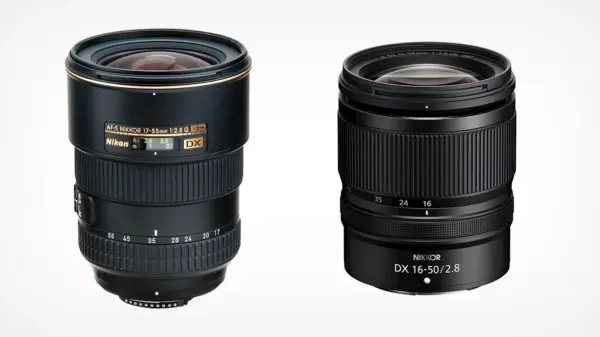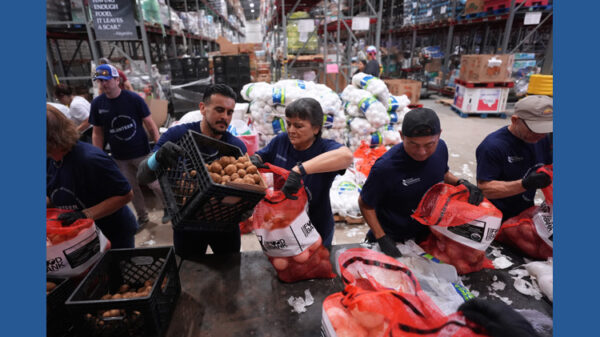Rite Aid’s ongoing bankruptcy proceedings have resulted in the closure of hundreds of stores across the nation, and now the sale of a beloved ice cream brand. Thrifty Ice Cream, a West Coast favorite since the 1970s, has been acquired by Hilrod Holdings. This holding company, associated with Monster Beverage Corporation executives Hilton Schlosberg and Rodney Sacks, secured the brand for $19.2 million, as reported by USA Today. The future plans for Thrifty Ice Cream under Hilrod Holdings remain undisclosed.
The announcement comes as Rite Aid, a Pennsylvania-based pharmacy chain, navigates its second bankruptcy filing. Last month, the company initiated its fourth round of store closures, a move aimed at restructuring its operations and stabilizing finances. The sale of Thrifty Ice Cream marks a significant shift in the company’s strategy as it attempts to streamline its assets and focus on core operations.
The Legacy of Thrifty Ice Cream
Thrifty Ice Cream has been a staple in the West Coast’s ice cream landscape for decades. Known for its unique cylindrical scoops and affordable prices, the brand has cultivated a loyal following. Its acquisition by Hilrod Holdings represents a new chapter for the iconic brand, which has been synonymous with Rite Aid’s identity in the region.
Industry experts speculate that the sale could lead to a revitalization of the brand. “There is a strong emotional connection between Thrifty Ice Cream and its customers,” said food industry analyst Jessica Green. “With the right investment and marketing strategy, Hilrod Holdings could expand its reach beyond the West Coast and introduce the brand to a national audience.”
Rite Aid’s Financial Struggles
Rite Aid’s financial troubles have been mounting over the past few years. The company’s first bankruptcy filing occurred in 2002, and it has struggled to maintain profitability amid increasing competition from other pharmacy chains and online retailers. The recent bankruptcy proceedings highlight the challenges faced by traditional brick-and-mortar businesses in adapting to a rapidly changing retail environment.
According to financial reports, Rite Aid’s debt load has been a significant burden, prompting the need for drastic measures such as store closures and asset sales. The sale of Thrifty Ice Cream is part of a broader strategy to reduce liabilities and focus on the most profitable aspects of the business.
Implications for the Ice Cream Market
The acquisition of Thrifty Ice Cream by Hilrod Holdings could have broader implications for the ice cream market. As consumer preferences shift towards artisanal and premium products, established brands like Thrifty may need to innovate to stay competitive. However, the brand’s nostalgic appeal and strong regional presence could serve as a solid foundation for future growth.
Meanwhile, the ice cream industry continues to evolve, with new players entering the market and established brands diversifying their offerings. The move represents a potential opportunity for Hilrod Holdings to leverage its expertise in brand management and product development to enhance Thrifty Ice Cream’s market position.
Looking Ahead
As Rite Aid continues to navigate its financial challenges, the sale of Thrifty Ice Cream is a reminder of the complexities involved in modern retail operations. The future of Thrifty Ice Cream under Hilrod Holdings remains uncertain, but the potential for expansion and innovation is evident.
For Rite Aid, the focus will likely remain on stabilizing its core pharmacy operations and finding new ways to compete in an increasingly digital marketplace. The company’s ability to adapt and evolve will be crucial in determining its long-term viability.
As the situation develops, industry observers will be watching closely to see how Hilrod Holdings manages its latest acquisition and whether Thrifty Ice Cream can reclaim its status as a beloved American brand.






































































